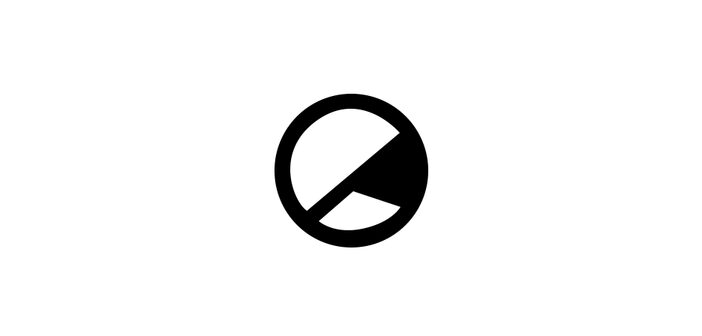Much more than your average horror film, The Platform provides a surprising amount of depth as it pessimistically deconstructs human nature and our need for survival.
-
8
“There are three kinds of people: the ones above, the ones below, and the ones who fall.”
Tense, claustrophobic, and with an insurmountable amount of depth, The Platform turns a seemingly simple narrative into an allegorical foray concerning human self-preservation and class struggle. Vaguely reminiscent of Bong Joon-ho’s Snowpiercer, with similar horror stylings to cult classics like Cube and Saw, every act, piece of dialogue, and creative choice in The Platform serves the film’s examination of contemporary society through its portrayal of a dystopian future that we may just be heading towards. While it raises more questions than it is willing to answer, there can be no doubt that Galder Gaztelu-Urrutia’s film is an excellent horror movie with plenty to say.
Contained chiefly in multiple rooms of the same minimalistic design, The Platform follows Goreng (Iván Massagué), a man who voluntarily enters a strange tower for a six-month period in exchange for an accredited diploma and an opportunity to give up smoking. With only a copy of Don Quixote at his disposal in a room shared with one other resident, Goreng soon learns of the cruel system of food distribution operating within the tower’s walls. With a platform of food gradually making its way down the tower’s many levels, those on the lower floors are only fed the scraps left once the inhabitants of the upper levels have had their way with the feast. With those towards the bottom of the tower reduced to seek sustenance through alternative means, there is a clear set-up for an unsettling, claustrophobic atmosphere which quickly deepens as the film explores the realms of morality and mortality.
While far more subtle than the aforementioned Snowpiercer, the exploration of class and inequality in The Platform is of primary focus. The upper echelons of the tower being able to gorge themselves until full, ultimately starving those lower down, is an obvious parallel of the uneven distribution of wealth we observe in everyday life. While the film takes it to the extreme, the use of food as the pseudo-currency of the tower serves as an indictment on greed and the detrimental effect it has on others less fortunate. Moreover, The Platform weighs up humanity’s animalistic need for survival against the level of depravity we are willing to succumb to, portraying the savage acts that follow once a person is pushed to the edge of reason. Goreng is not above such struggle; the main character’s hunger ends up being his sole motivation, driving him, overriding his sense of morality with an instinctive need to eat – and to live. Blood and gore is not used in excess, remaining unexpectedly reserved, which helps the thematic message of these moments shine through. The actual horror of these sequences is in the frightening implications of the violence, rather than the violence in and of itself.
A sense of overbearing pessimism neither hinders nor complicates the narrative. While always aware of this creeping sense of hopelessness, a lick of dark humour helps alleviate some of the burden. While at times it doesn’t feel comfortable to laugh, there are moments of absurdity that are likely to catch you off guard and concurrently help keep you thoroughly engaged in the film. When one of the characters brings her sausage dog into the tower, the audience can’t help but share Goreng’s bewilderment at such an act of stupidity. The dog introduces a humorous tension that will keep you on your toes. It’s a touch that compliments the greater issues at hand while helping reduce the weight of The Platform‘s bigger picture.
None of this would work as well as it does if not for Aranzazu Calleja’s phenomenal score. Equal parts string instrumentation, percussive beats and ambient noise, the score is able to be both chilling and beautiful at the same time. The film has some sort of musical accompaniment in every single scene, with the classical stylings of string instruments set over melancholic moments and, in other scenes, percussion steadily knocking away like the ticking of a clock to mark the slow trickle of time. A ghostly tone that drones on to haunt the silences in conversation is one such standout choice that showcases the film’s masterful handling of sound.
While Massagué in particular is able to navigate all the emotional depth presented by his character with astounding competence, the rest of the supporting cast are by no means slacking. Each and every member of the ensemble has a grasp on the stakes of their role and the drive motivating their characters. On the whole, The Platform is an excellently crafted horror that one could dedicate hours to unpacking, with a rewatchability that will keep audiences coming back for more.
The Platform, directed by Galder Gaztelu-Urrutia, is available to stream now via Netflix, certificate 18.




